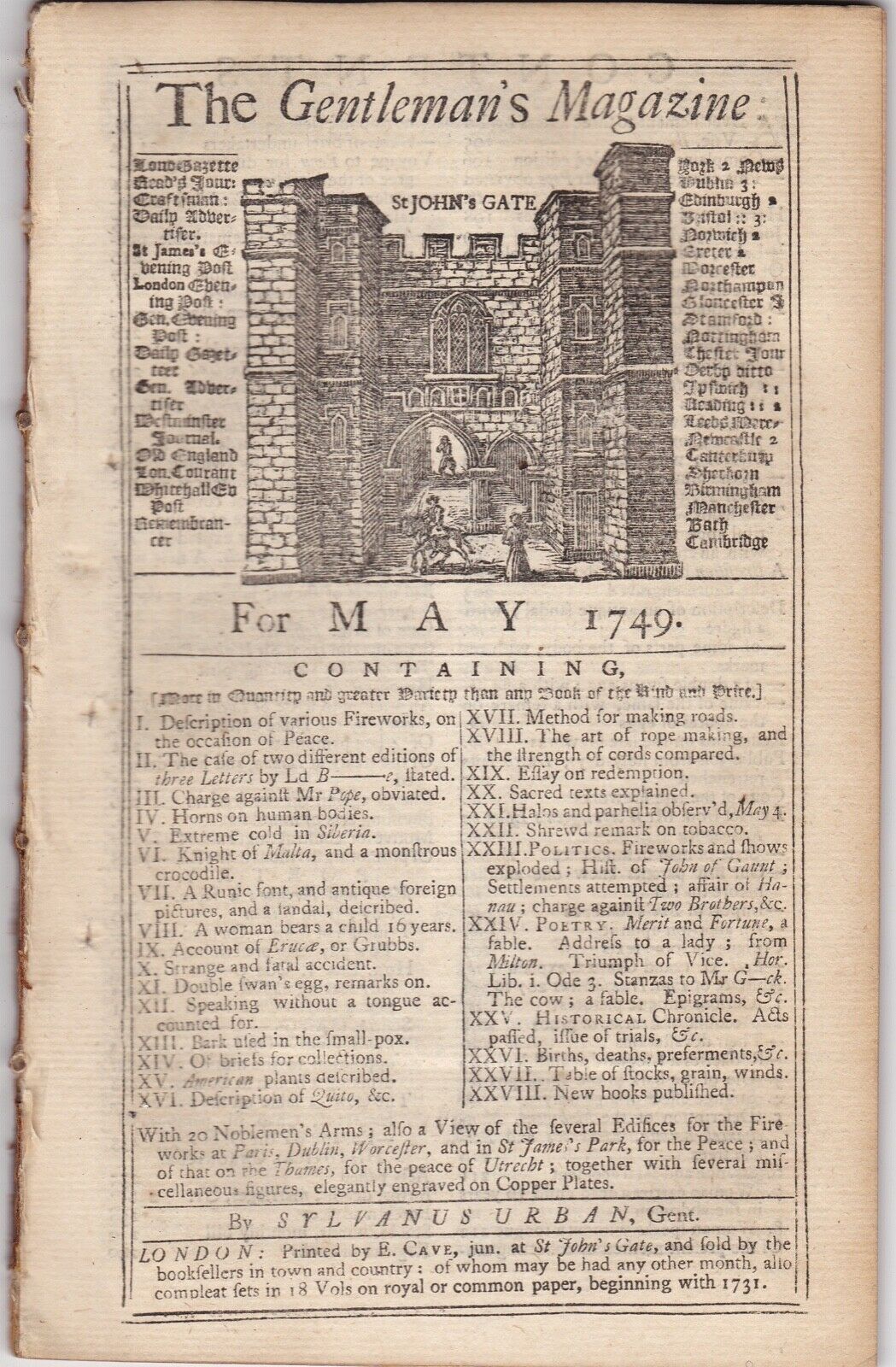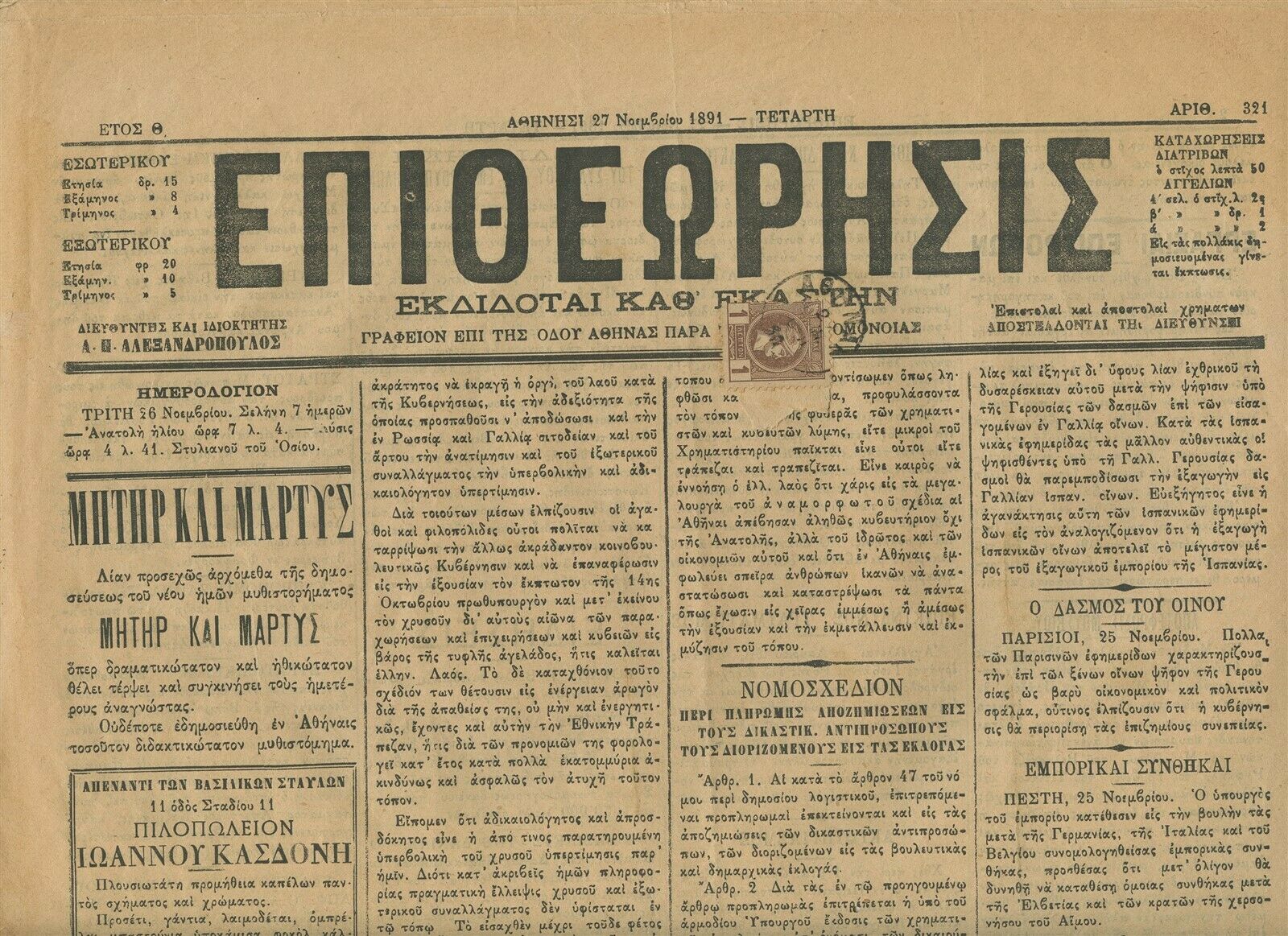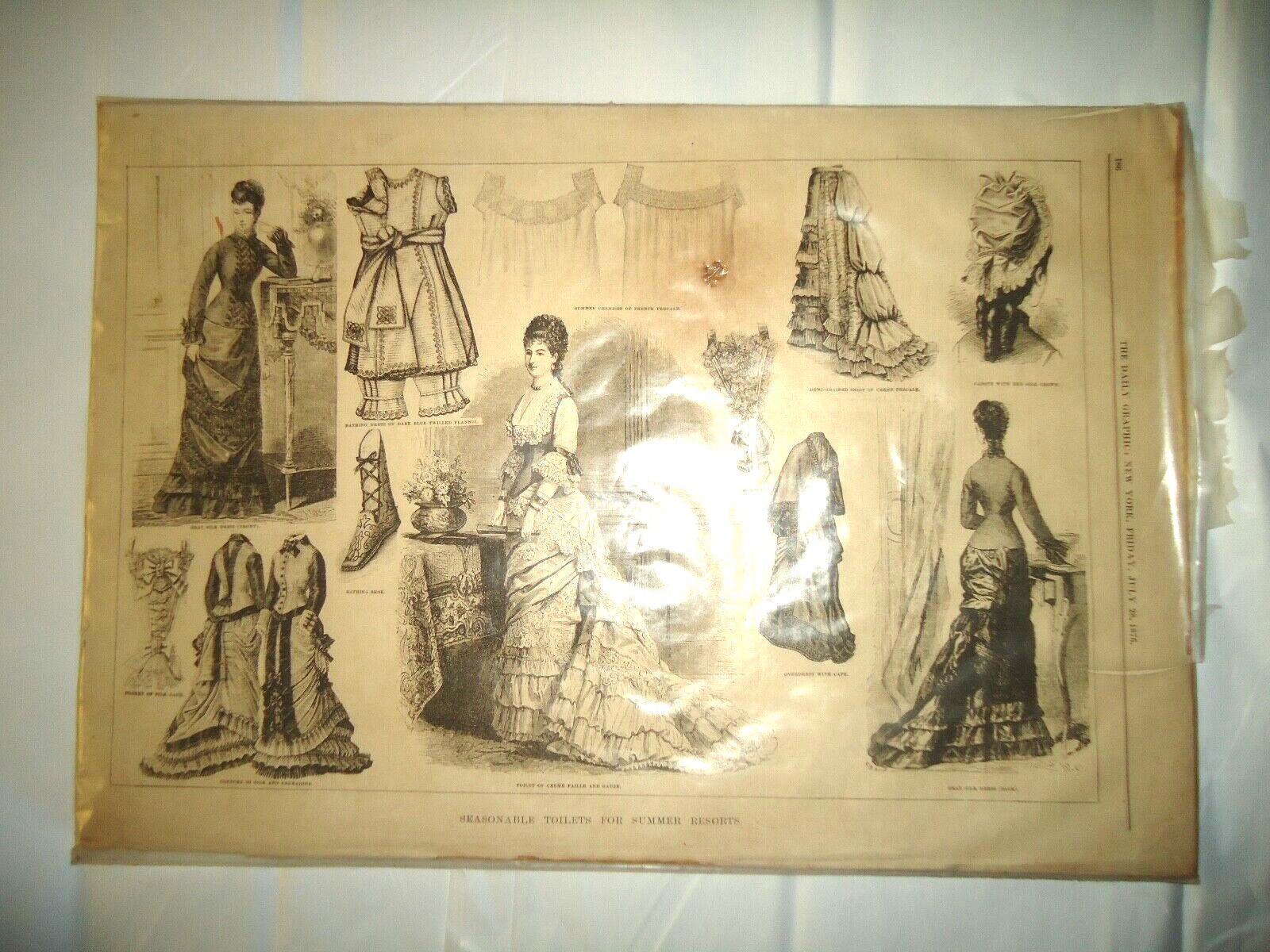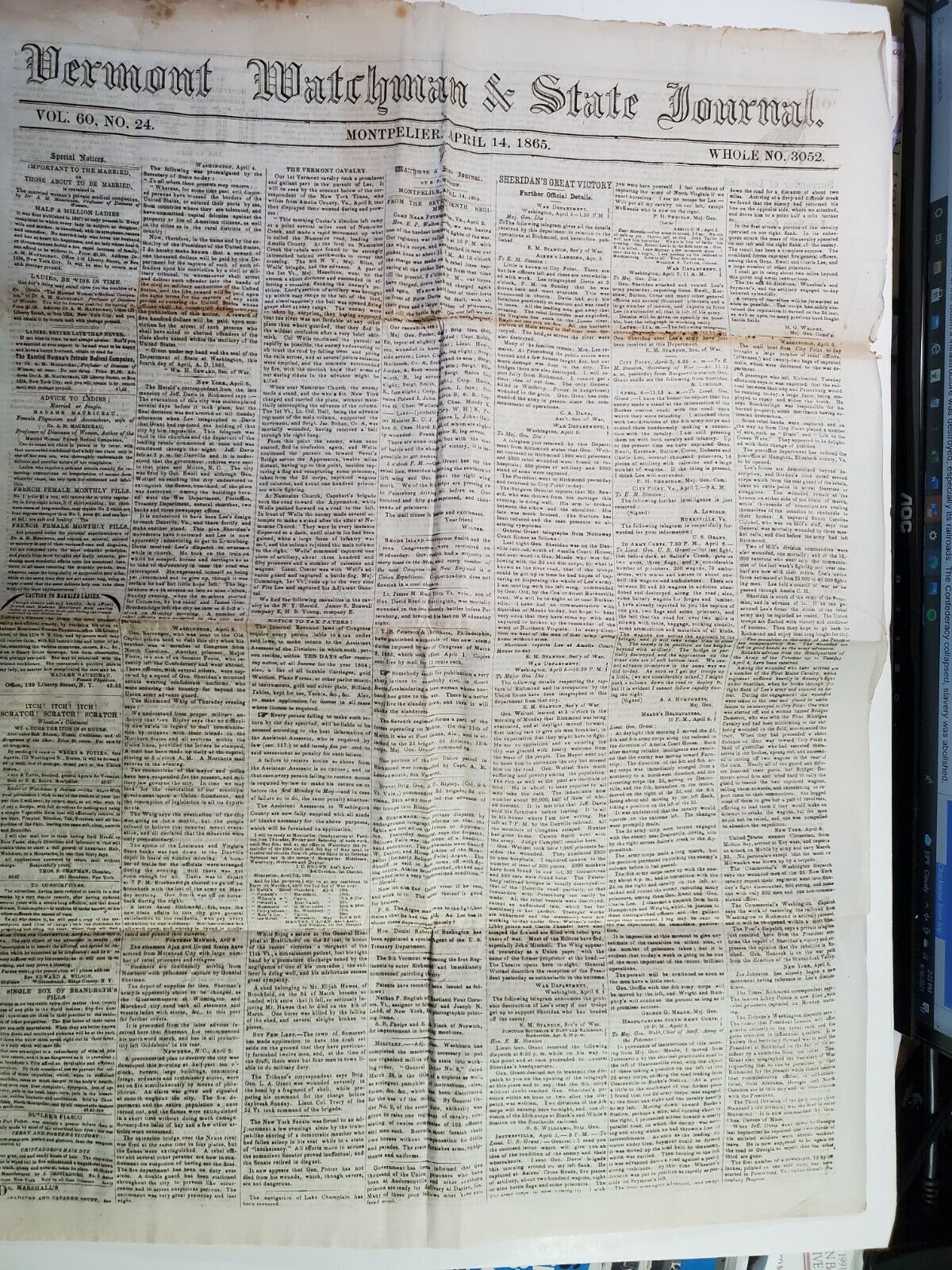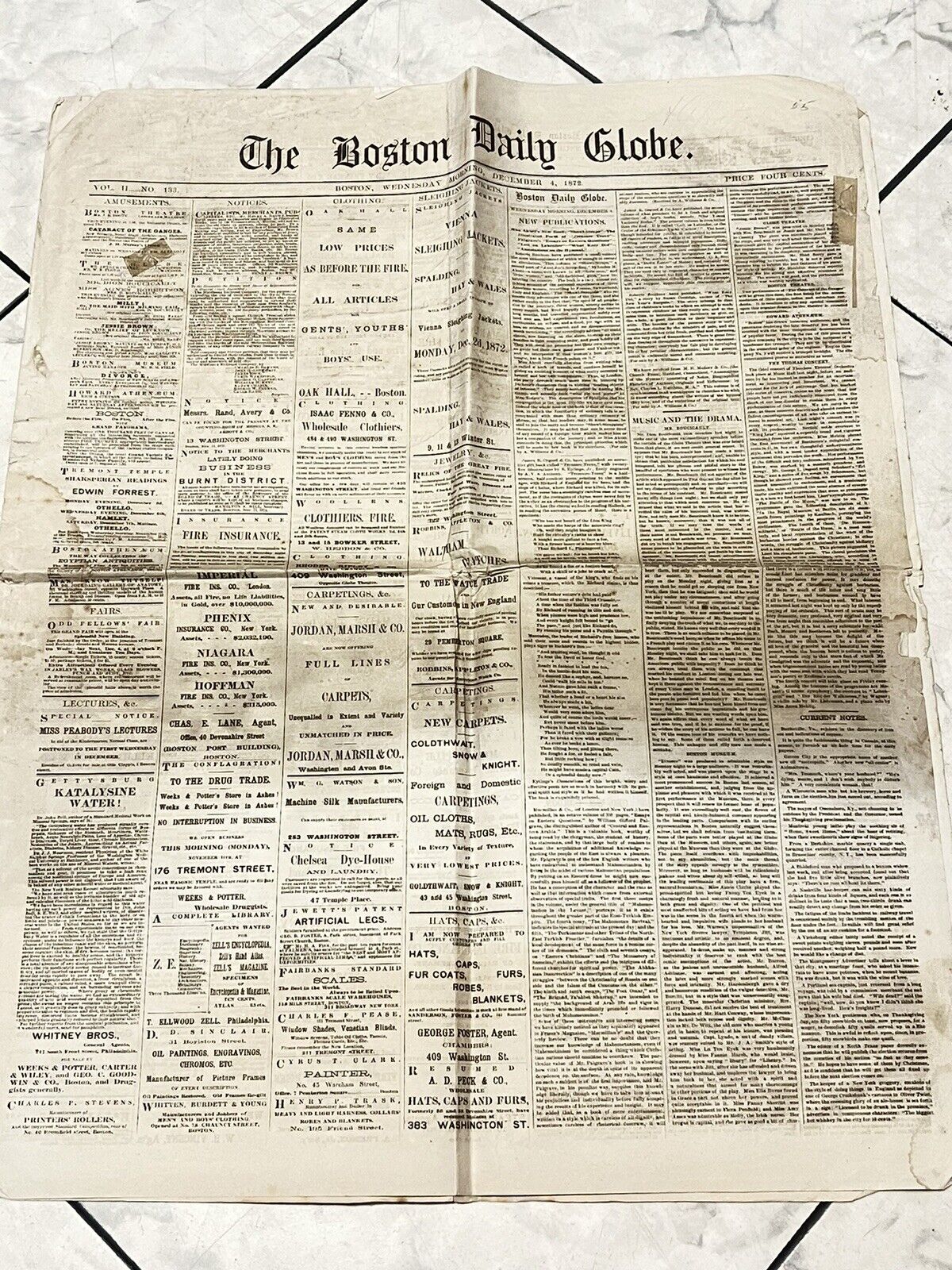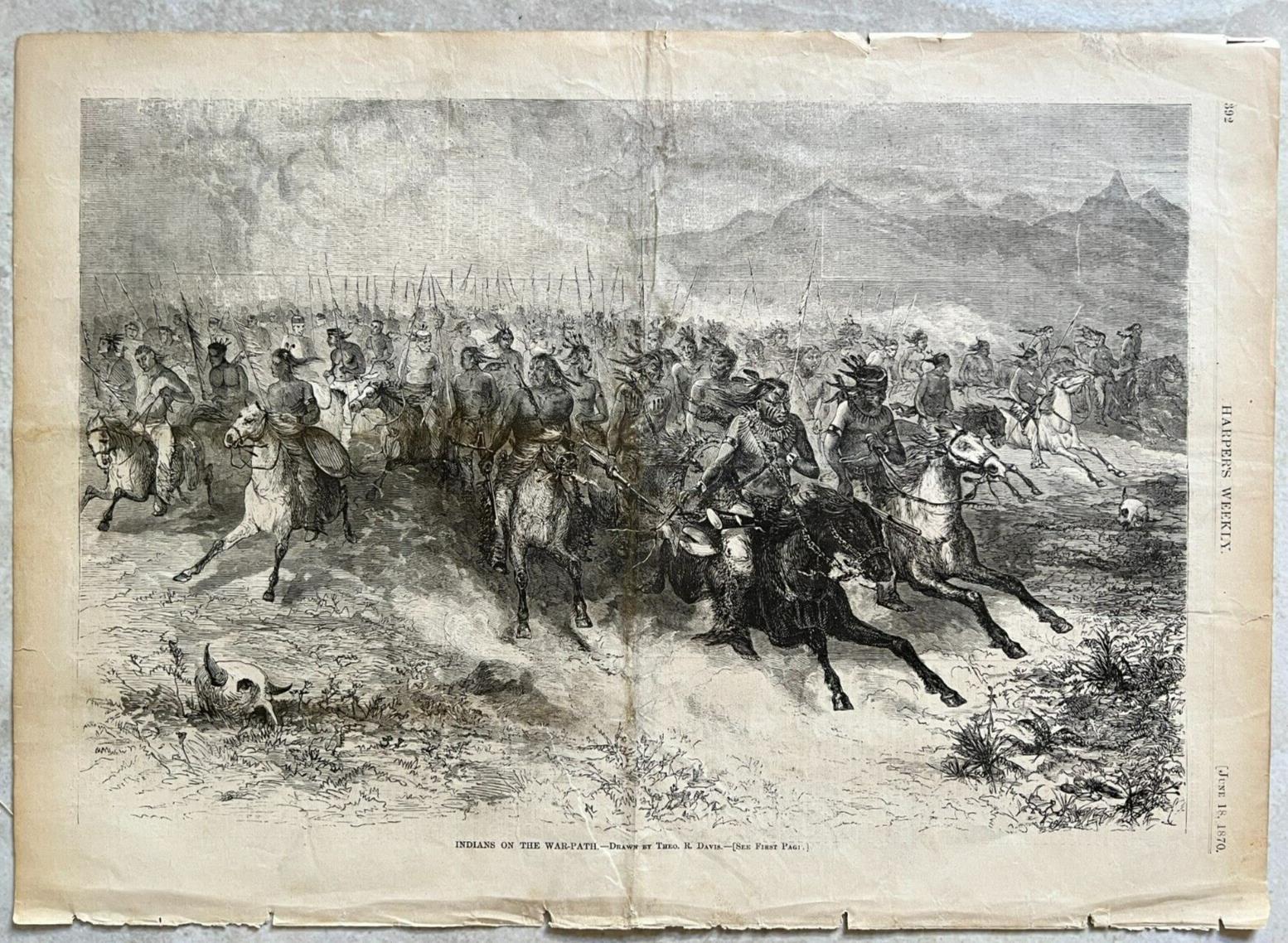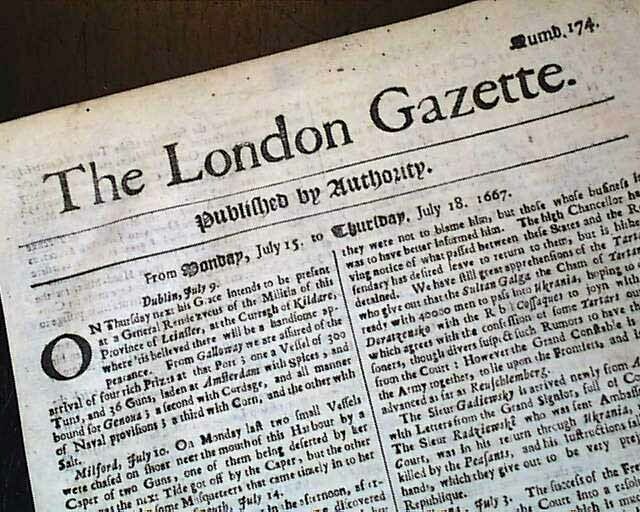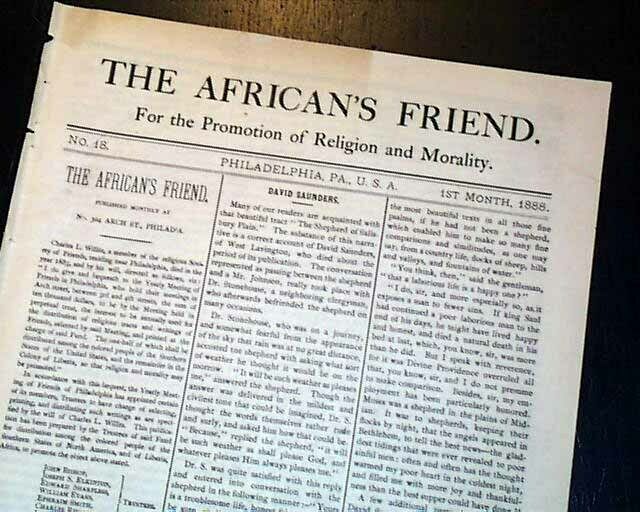-40%
1749 Gentleman's Magazine - Smock Alley Theatre, Dublin - Bonnie Prince Charlie
$ 6.33
- Description
- Size Guide
Description
A rare and early monthly issue of the Gentleman's Magazine published in London for May 1749This venerable publication, the first to use the term "magazine", was founded in 1731 and continued uninterrupted for almost 200 years - see below. The magazine is full of domestic reports, essays, editorials, foreign news, poetry, new books, weather, births and deaths etc.
This edition of 44 pages includes an interesting report that the manager of the Smock Alley Theatre in Dublin - see below - had started a fund to support "decayed players" - an early form of workers' compensation
In other news the magazine provides highlights of the current state of Europe including Russia, Italy, Holland and France - see scan. News includes tactics to confront piracy along the west coast of Italy and the whereabouts of "Bonnie Prince Charlie" who was
traveling through France "incognito" and headed for Poland to marry a rich heiress! - see scan
On the domestic front 3750 families had applied to
emigrate to Nova Scotia (Halifax) where three forts were to be built for their security.
Details on London deaths in the previous month by age group show children under the age of 2 representing approx. 30 % of the total - see scan. Giving birth at that time was a risky business.
Fascinating reading for the historian. G
ood condition. The magazine has been bound with other issues and subsequently dis-bound. Page size 8 x 5 inches
Note: The magazine cover calls for several engravings which have been removed and a "plate of noblemen's arms" which was not bound in until the supplement was published at the end of the year
See more of these in Seller's Other Items, priced at a fraction of most
dealer prices
The Gentleman's Magazine
From Wikipedia, the free encyclopedia
Jump to navigation
Jump to search
Front page of
The Gentleman's Magazine
, May 1759
The Gentleman's Magazine
was a monthly magazine
[1]
founded in
London
, England, by
Edward Cave
in January 1731.
[2]
It ran uninterrupted for almost 200 years, until 1922. It was the first to use the term
magazine
(from the
French
magazine
, meaning "storehouse") for a
periodical
.
[3]
Samuel Johnson
's first regular employment as a writer was with
The Gentleman's Magazine
.
Contents
1
History
2
Series
3
Indexes
4
See also
4.1
Authors of works appearing in
The Gentleman's Magazine
5
Artists, painters, topographers associated with
The Gentleman's Magazine
6
References
7
Further reading
8
See also
9
External links
History
[
edit
]
The original complete title was
The Gentleman's Magazine: or, Trader's monthly intelligencer
. Cave's innovation was to create a monthly digest of news and commentary on any topic the educated public might be interested in, from commodity prices to
Latin poetry
. It carried original content from a stable of regular contributors, as well as extensive quotations and extracts from other periodicals and books. Cave, who edited
The Gentleman's Magazine
under the
pen name
"Sylvanus Urban", was the first to use the term
magazine
(meaning "storehouse") for a periodical. Contributions to the magazine frequently took the form of letters, addressed to "Mr. Urban". The iconic illustration of
St. John's Gate
on the front of each issue (occasionally updated over the years) depicted Cave's home, in effect, the magazine's "office".
Before the founding of
The Gentleman's Magazine
, there were specialized journals, but no such wide-ranging publications (although there had been attempts, such as
The Gentleman's Journal
, which was edited by
Peter Motteux
and ran from 1692 to 1694).
Samuel Johnson
's first regular employment as a writer was with
The Gentleman's Magazine
. During a time when parliamentary reporting was banned, Johnson regularly contributed parliamentary reports as "Debates of the Senate of Magna Lilliputia". Though they reflected the positions of the participants, the words of the debates were mostly Johnson's own. The name "
Columbia
", a poetic name for America coined by Johnson, first appears in a 1738 weekly publication of the debates of the British Parliament in the magazine.
[4]
[5]
A skilled businessman, Edward Cave developed an extensive distribution system for
The Gentleman's Magazine
. It was read throughout the English-speaking world and continued to flourish through the 18th century and much of the 19th century under a series of different editors and publishers. It went into decline towards the end of the 19th century and finally ceased general publication in September 1907. However, issues consisting of four pages each were printed in very small editions between late 1907 and 1922 in order to keep the title formally "in print".
Series
[
edit
]
Top half of Volume One, Issue One, published January 1731
1731–1735
The Gentleman's Magazine
or
Monthly Intelligencer
1736–1833
The Gentleman's Magazine
and Historical Chronicle
1834–1856 (June) New Series:
The Gentleman's Magazine
1856 (July)–1868 (May) New Series:
The Gentleman's Magazine
and Historical Review
1868 (June)–1922 Entirely New Series:
The Gentleman's Magazine
Smock Alley Theatre
From Wikipedia, the free encyclopedia
Jump to navigation
Jump to search
Smock Alley Theatre
Smock Alley Theatre
Location within Central Dublin
Address
6/7 Exchange Street Lower
Dublin 8
Ireland
Coordinates
53.345068°N 6.2695543°W
Type
theatre
Opened
2012
Years active
2012 to present
Website
smockalley
.com
Main stage
Smock Alley Theatre sign
Since the 17th century there have been numerous theatres in Dublin with the name of
Smock Alley
.
The current
Smock Alley Theatre
is a 21st-century theatre in Dublin, converted from a 19th-century church building, incorporating structural material from an 18th-century theatre building, and built on the site of the 17th century
Theatre Royal, Dublin
. The present theatre was opened in 2012, after a €3.5 million investment.
[1]
The Smock Alley Theatre site comprises Smock Alley Theatre (178 seats), The Boys School (60 - 100 capacity), Black Box (80 capacity), and The Banquet Hall (300 capacity).
Contents
1
History of the building
1.1
Theatre Royal
1.1.1
First building (1662)
1.1.2
Second building (1735)
1.1.3
Legacy
1.2
St Michael and John's Church (1815)
1.3
Excavation
2
References
3
External links
History of the building
[
edit
]
Theatre Royal
[
edit
]
The first Theatre Royal was opened on the site by
John Ogilby
in
1662
. Ogilby, who was the first Irish
Master of the Revels
, had previously run the
New Theatre
in
Werburgh Street
, which had closed during the Puritan
interregnum
. This building was entirely demolished, with a new theatre replacing it in 1735. This second building was active as a theatre until 1759, with a brief later revival until its final closure in 1787.
First building (1662)
[
edit
]
The Theatre Royal consisted of a classical proscenium stage, pit, boxes, a middle and upper gallery, lattices (which were a type of box peculiar to Dublin) and a music/orchestra loft above the stage, also the acoustics were said to be excellent. The pit had backless benches and a raked floor that rose toward the back of the audience to help sightlines. Mostly single men sat here, and it was the noisiest, rowdiest area in the theatre. Boxes sat upper-class aristocrats. Boxes were luxuriously decorated with velvet drapes should the occupants require some privacy during the evening, for whatever reason. The doors were wider in the boxes to allow access for the voluminous dresses of the ladies. Galleries held the lower class, including servants of the upper classes in attendance. These were the worst seats as they were on the same level as the large chandeliers that lit the theatre. Candles were made of tallow (animal fat) and they were very pungent and smokey. The building was built on reclaimed ground from the River Liffey and due to this, in 1670 and later in 1701 the upper galleries collapsed killing several people inside and injuring many more including the son of the Lord Lieutenant of Ireland, Charles Earl of Middlesex. He was pulled from the wreckage of his box with two broken legs
There was another partial collapse in March 1734 after which it was abandoned for a short while. The major decision was then taken to demolish and rebuild the theatre in 1735 with increased audience capacity.
Second building (1735)
[
edit
]
In the time between the demolition of the original theatre and the construction of its replacement, a new theatre had opened in
Aungier Street
and it managed to wrestle the title Theatre Royal from Smock Alley for a time. In 1745
Thomas Sheridan
, godson of
Jonathan Swift
, took on the role of manager of Smock Alley and Aungier Street. He made many improvements and reclaimed the title Theatre Royal for Smock Alley. By 1750 the Aungier Street theatre had closed down. Sheridan was not only director of the theatre, he was also a playwright and strove to improve audiences at the theatre by cleaning up the neighbourhood in which it stood. At the time there were many unsavoury taverns and ale houses as well as many establishments of ill repute that Sheridan successfully petitioned to have closed down in favour of more wholesome and decent businesses. This change in the area encouraged more noble people to again return to the theatre and it once again thrived.
Benjamin Victor
was an Englishman who originally visited Ireland in an effort to extend his textile business, but that did not prove profitable, and he eventually gave it up. On 11 October 1746 Victor settled with his family in Dublin as treasurer and deputy-manager to Sheridan at the Smock Alley Theatre. The theatre was for some years fairly successful; but about 1753 Sheridan was at variance with a portion of the theatre-going public, and for two years Victor and
John Sowdon
, a principal actor in the company, took over its management. On 15 July 1755 Sheridan returned to Dublin, and Victor resumed his old position. Eventually the theatre was closed on 20 April 1759, and Victor returned to England. The theatre later reopened, being active until 1787, but Victor did not return - having become involved with the
Drury Lane Theatre
in his native London.
show
